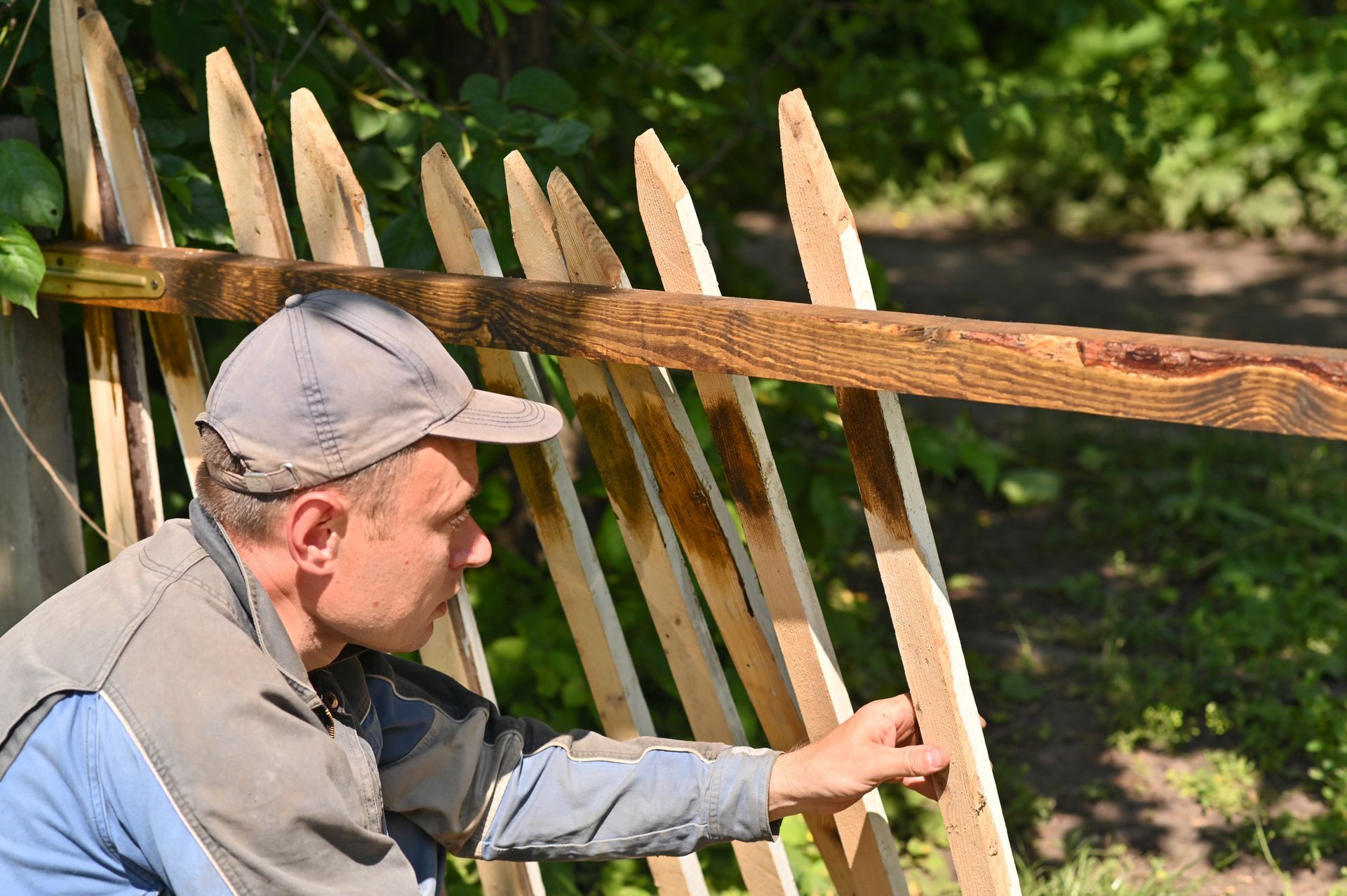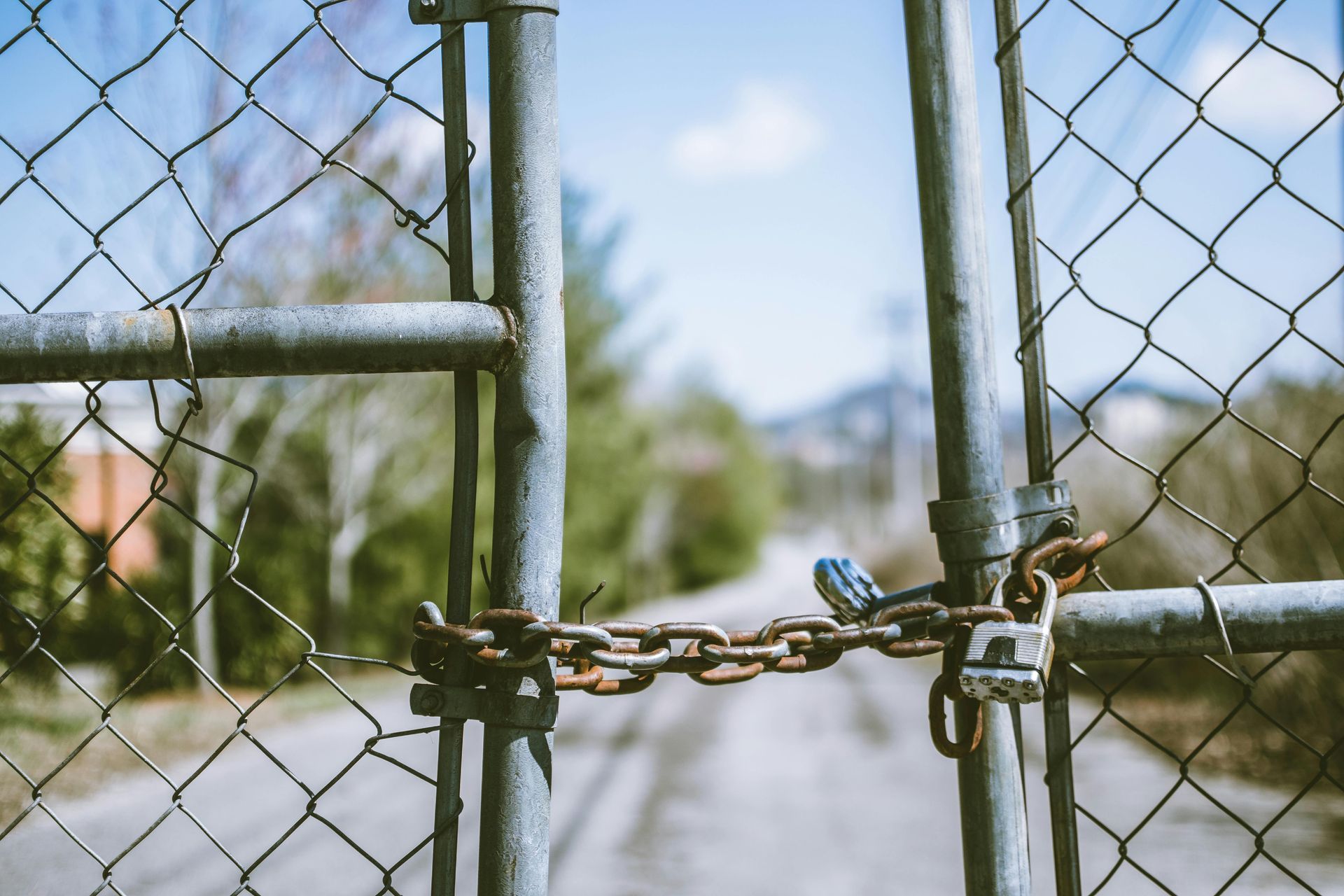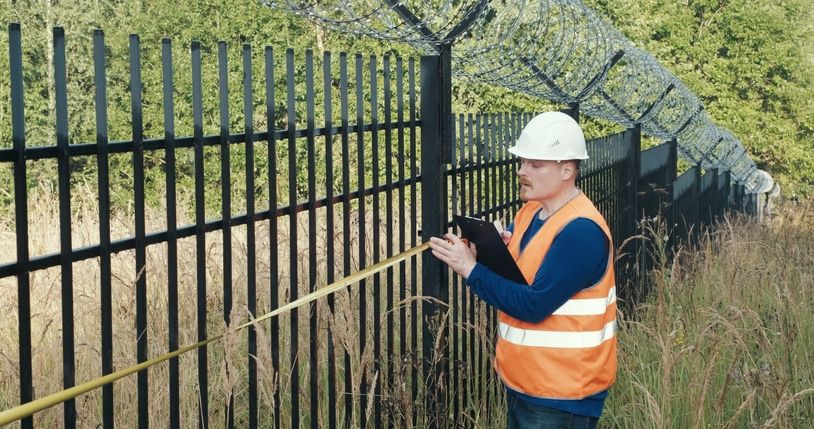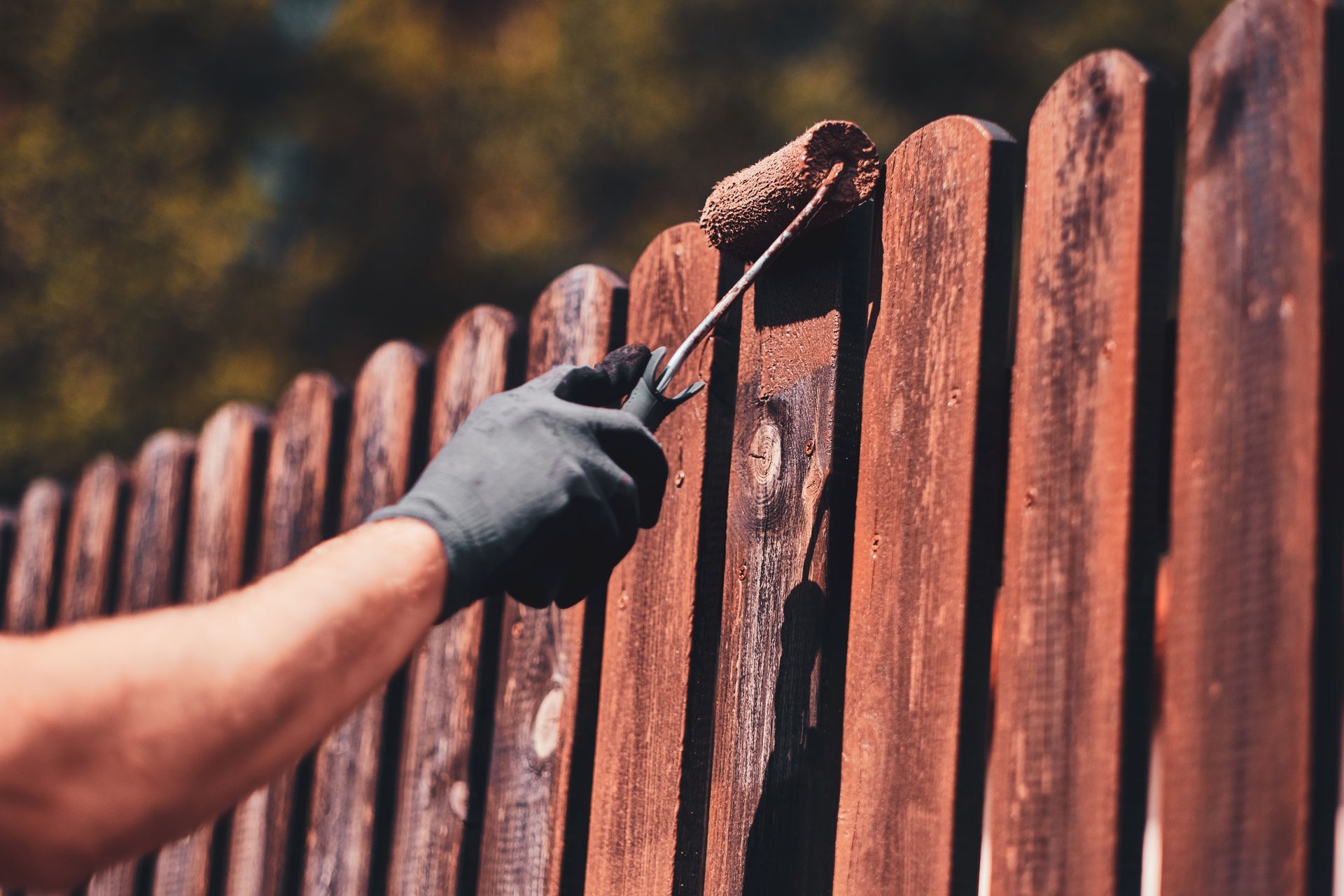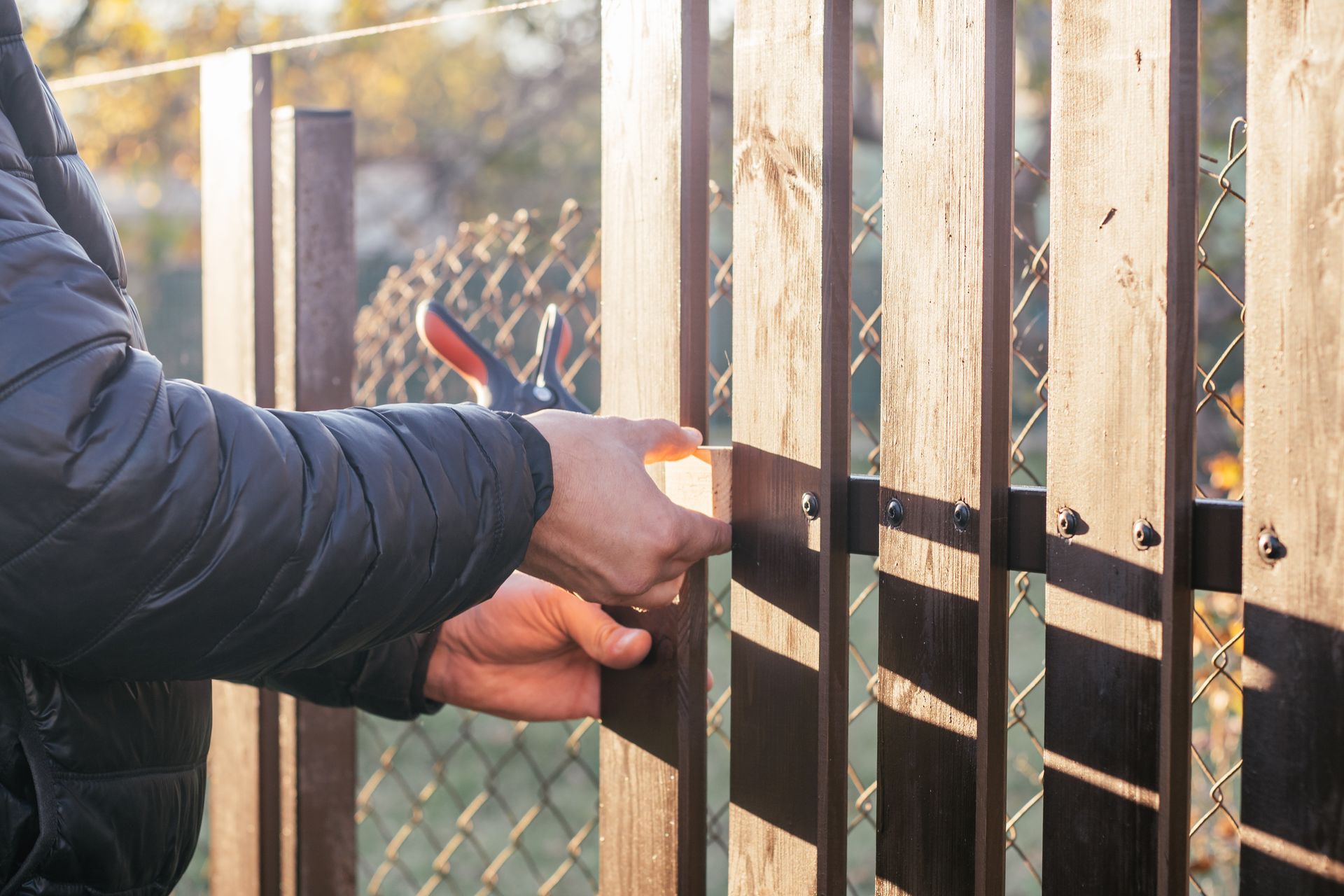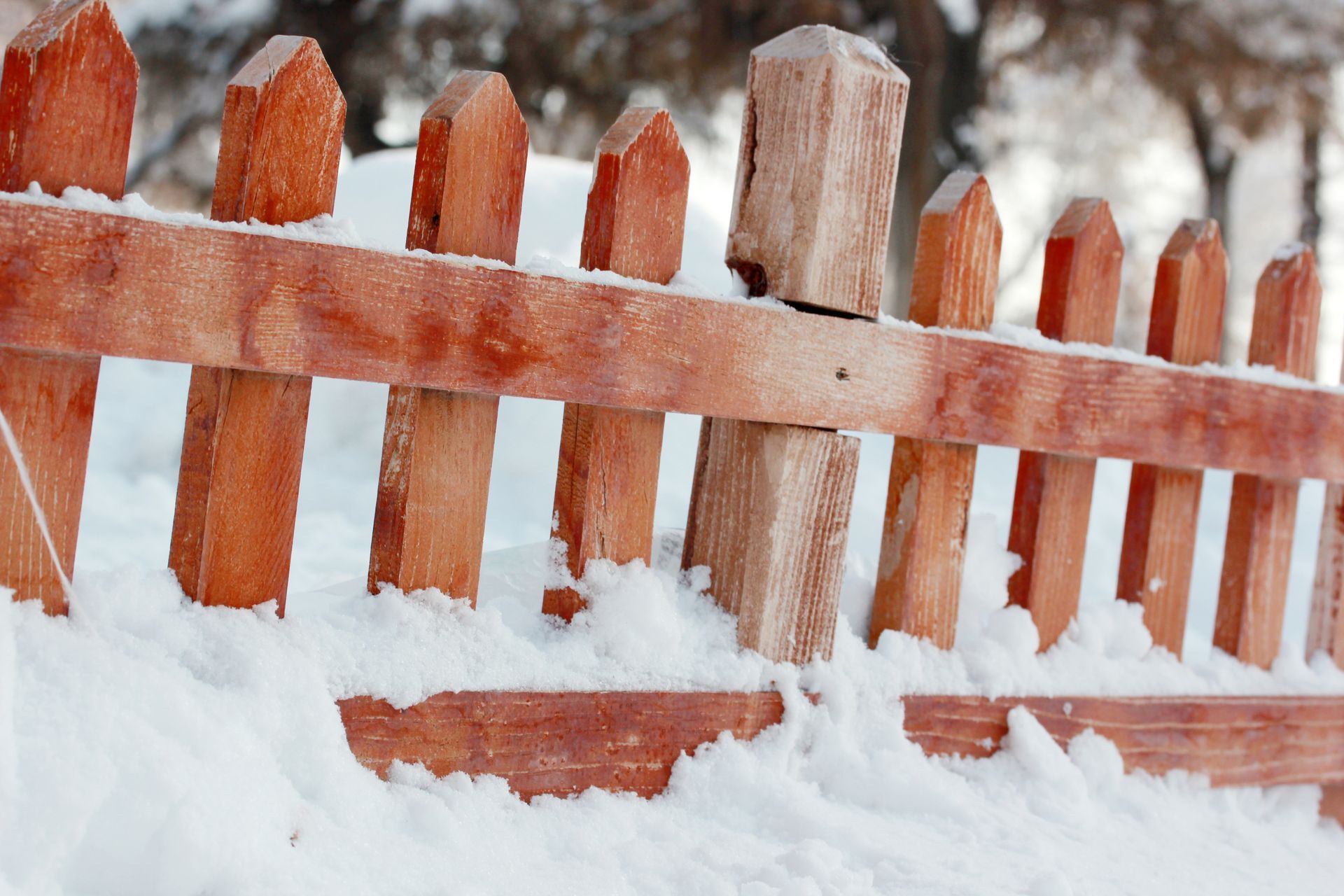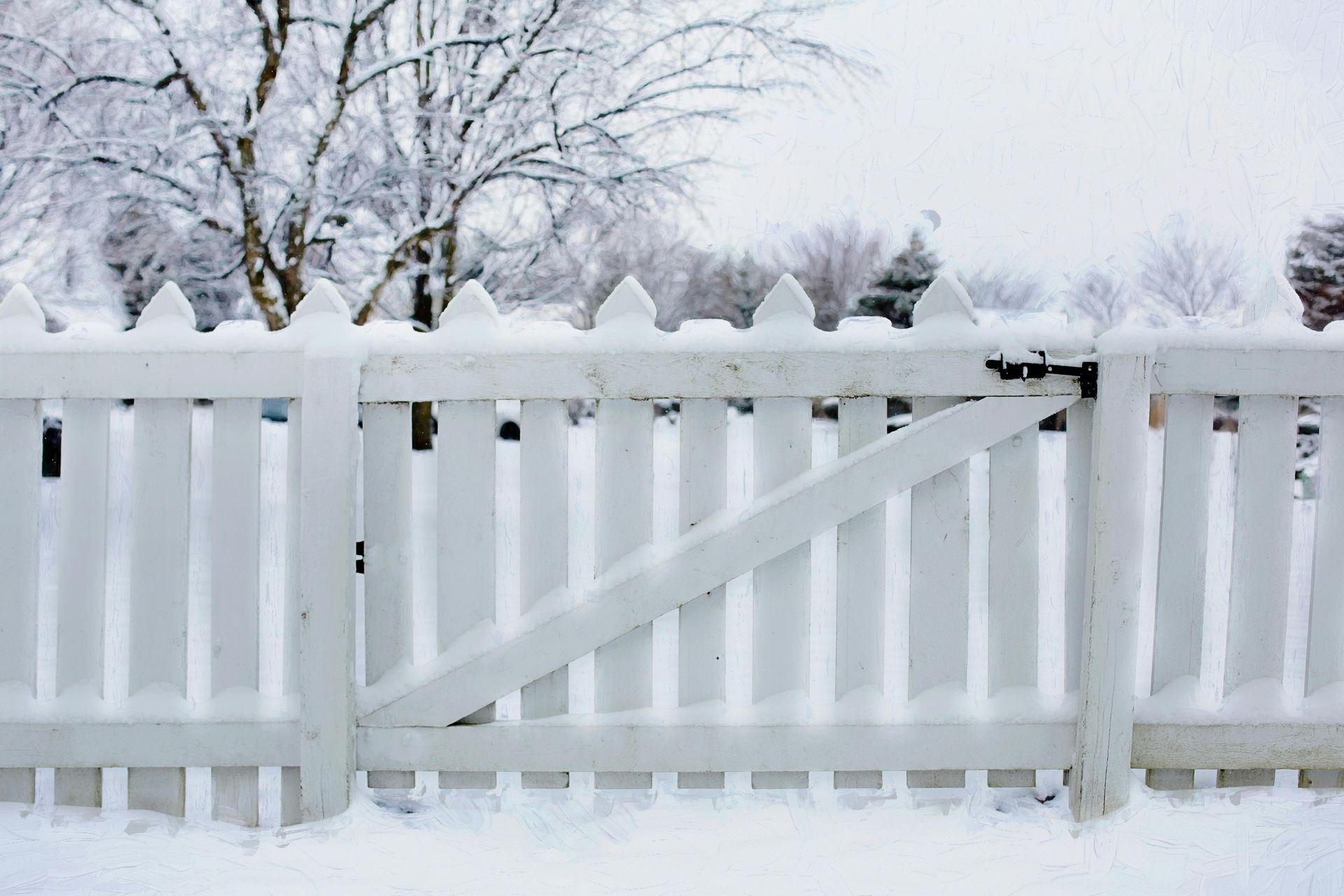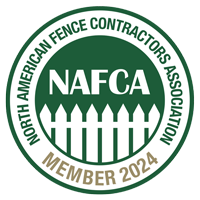FENCING AND MORE: READ THE DAVIS FENCES BLOG
Davis Fences has been providing quality, affordable fencing in all of Southern Ontario area for over 6 decades. We're certifiable experts in this industry and have created this blog page to provide you with more information about the different types of fencing and answer many of your fencing repair, maintenance and installation questions.
Please feel free to contact us at any time for additional info or to receive a free price quote.
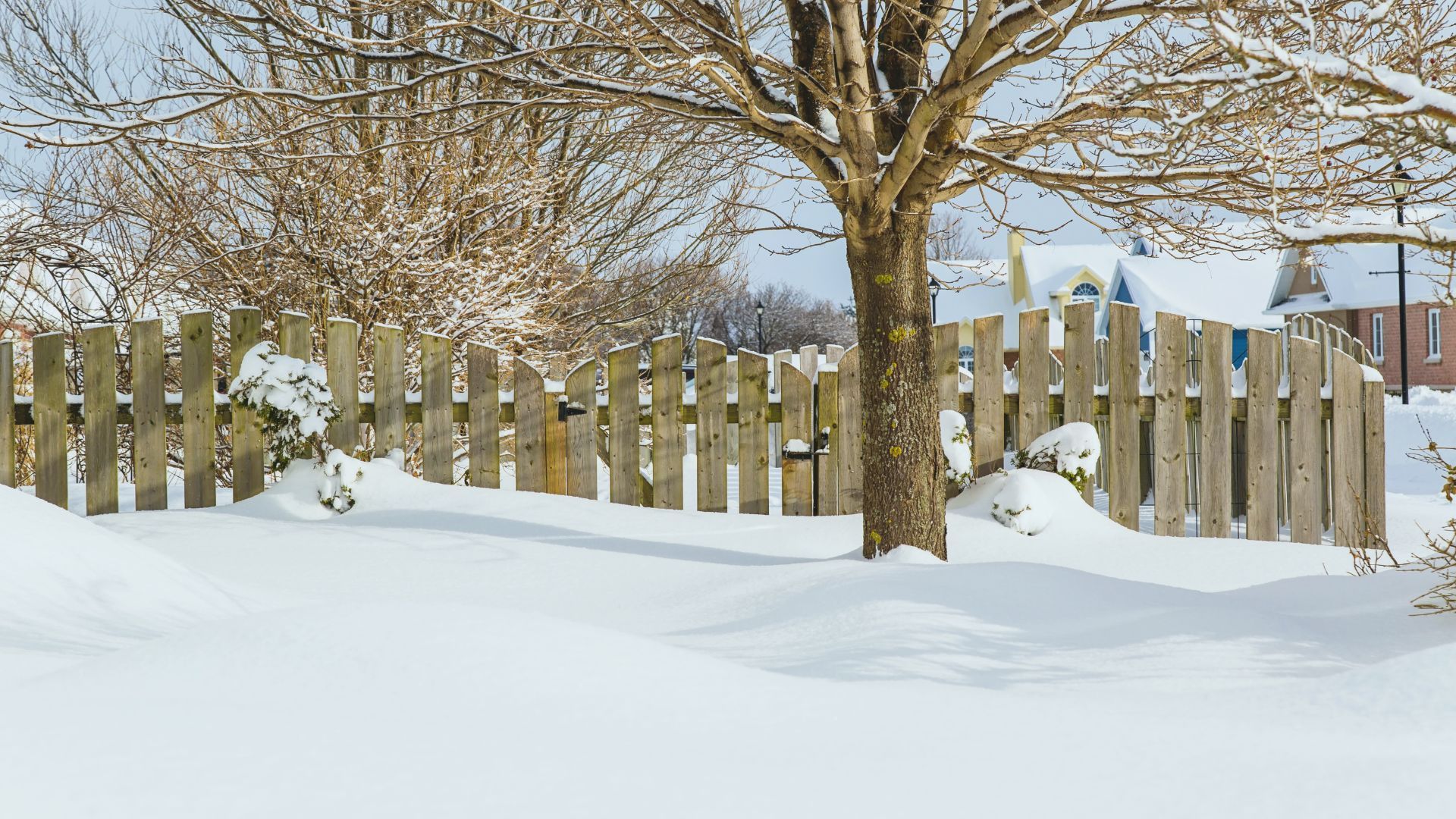
As the temperatures drop and you spend more time indoors, your thoughts might not immediately turn to outdoor projects. However, the quieter winter months offer a unique opportunity to plan for next year's home improvements. When it comes to installing a new fence, using this downtime for planning can set you up for a smooth and successful project in the spring. The Advantages of Winter Fence Planning Most homeowners wait until the first warm days of spring to think about their fencing needs. This leads to a rush, with contractors becoming booked up quickly. Planning during the winter puts you ahead of the curve and comes with several key benefits. Beat the Spring Rush Spring is the peak season for fencing contractors. By starting your planning in winter, you can research companies, get quotes, and book your installation date well in advance. This means you avoid long wait times and can often secure a spot at the top of a contractor's schedule. When your neighbors are just starting to make calls in April, your project will already be underway. More Time for Thoughtful Decisions Choosing a fence isn't just about picking a style you like; it involves considering function, materials, and local regulations. The relaxed pace of winter allows you to thoughtfully assess your needs without the pressure of an immediate deadline. You can take your time to research different fence types, weigh the pros and cons of various materials, and make a decision you'll be happy with for years to come. Easier Budgeting Home improvement projects require careful financial planning. The winter season gives you a longer runway to budget for your new fence. You can determine your total project cost, arrange financing if needed, and allocate funds without the stress of a last-minute expense. This foresight helps prevent financial strain and ensures your project stays on track. Defining Your Fencing Needs Before you can choose the right fence, you must first understand its primary purpose. Most fencing projects fall into one of three categories: security, decoration, or a combination of both. Fences for Security and Privacy If your main goal is to secure your property and create a private retreat, you'll want to focus on specific designs and materials. ● Privacy Fences: These are typically tall, solid fences that block the view from the outside. Solid wood panels, vinyl, and composite materials are excellent choices for creating a private backyard oasis. They are ideal for homes with pools, busy backyards, or properties close to neighbors. ● Security Fences: For keeping children and pets safely in the yard or deterring intruders, a strong and tall fence is essential. Materials like chain link, aluminum, and steel are popular for security purposes. Look for features like height (often 6 feet or more) and difficult-to-climb designs. Fences for Decorative Appeal Sometimes, a fence is more about aesthetics than function. A decorative fence can define property lines, enhance curb appeal, and complement your home’s architectural style. ● Picket Fences: The classic white picket fence is a timeless choice for adding charm to a front yard. It creates a friendly boundary without obstructing the view. ● Ornamental Fences: Wrought iron and aluminum fences can be crafted into intricate, beautiful designs. These are perfect for adding a touch of elegance to your property and are often used for gardens, entryways, and formal landscapes. Combining Function and Style Many homeowners need a fence that does it all—provides security, ensures privacy, and looks great. Fortunately, many modern fencing solutions are designed to be both functional and beautiful. You can install a tall wooden privacy fence with a decorative lattice top or choose a stylish vinyl fence that offers durability and low maintenance without sacrificing appearance. Choosing Your Partner for a Quality Fence Once you have a clear idea of your needs and have explored your options, the next step is to find a reliable contractor. A quality installation is just as important as the materials you choose. A well-built fence will last longer, perform better, and require fewer repairs. When looking for a fencing company, consider their experience, reputation, and the quality of the materials they use. Davis Fences has established itself as a trusted name in the industry, known for providing durable, high-quality fencing solutions tailored to each customer's needs. Whether you're looking for robust security, elegant design, or a perfect mix of both, working with an experienced team ensures your vision becomes a reality. Your Winter Planning Checklist Ready to get started? Use this simple checklist to guide your winter fence planning: 1. Define Your Purpose: Is your main goal security, privacy, decoration, or a mix? 2. Measure Your Property: Walk your property line to estimate the required length of the fence. 3. Research Materials: Compare wood, vinyl, aluminum, chain link, and composite options. 4. Set a Budget: Determine what you are comfortable spending on the project. 5. Contact a Professional: Reach out to a reputable company like Davis Fences for a consultation and quote. By taking these steps during the winter, you’ll be fully prepared to break ground as soon as the weather permits. Enjoy the peace of mind that comes with smart planning and get ready to enjoy your beautiful new fence this spring.

Choosing a new fence involves more than just picking a style you like. It's an opportunity to make a positive impact on the environment. Eco-friendly fencing offers a sustainable way to secure your property, enhance its beauty, and reduce your carbon footprint. At Davis Fences, we believe in providing solutions that are as good for the planet as they are for your home or business. We specialize in installing and repairing a wide range of fences, including durable and attractive green options. Why Choose an Eco-Friendly Fence? Opting for a green fencing solution provides benefits that extend far beyond simple property demarcation. These fences are designed with sustainability in mind, offering a blend of durability, aesthetics, and environmental responsibility. Sustainability and Reduced Environmental Impact Eco-friendly fences are made from renewable resources, recycled materials, or materials that require less energy to produce. For example, wood from sustainably managed forests ensures that trees are replanted, preserving ecosystems. Composite fencing, often made from a mix of recycled plastic and wood fibers, diverts waste from landfills. By choosing these materials, you contribute to a circular economy and conserve natural resources. Long-Term Durability Many people assume "eco-friendly" means less durable, but that isn't the case. Materials like bamboo, high-quality reclaimed wood, and modern composites are incredibly strong and built to last. They can withstand harsh weather conditions, resist pests, and require minimal maintenance over their lifespan. This longevity means fewer replacements and less waste over time, making them a wise long-term investment. Enhanced Aesthetic Appeal Sustainable fencing options offer a diverse range of styles to complement any architectural design. The natural warmth of wood, the sleek look of composite materials, or the unique texture of bamboo can significantly boost your property's curb appeal. These fences prove that you don't have to sacrifice style to make an environmentally conscious choice. They blend seamlessly into natural landscapes, creating a harmonious and attractive boundary. Popular Eco-Friendly Fencing Materials When you're ready to explore green fencing, you'll find several excellent materials to choose from. Davis Fences can help you select and install the perfect option for your needs. Reclaimed and Certified Wood Wood is a classic choice for a reason. To make it eco-friendly, look for wood that is either reclaimed from old structures or certified by the Forest Stewardship Council (FSC). FSC certification guarantees the wood comes from a forest managed responsibly to protect biodiversity and support local communities. Reclaimed wood gives old materials a new life, adding rustic character to your property while preventing waste. Bamboo Fencing Technically a grass, bamboo is one of the most sustainable materials on the planet. It grows incredibly fast, reaching maturity in just a few years without needing pesticides or fertilizers. Bamboo is also stronger than many types of wood, offering excellent durability. It provides a unique, modern look that can transform your outdoor space into a tranquil retreat. Composite Fencing Composite fences are an innovative solution made from a mixture of recycled wood fibers and plastic. This material is a champion of recycling, keeping tons of waste out of landfills. Composite fencing is resistant to rot, insects, and fading, requiring virtually no maintenance. It comes in various colors and finishes, often mimicking the appearance of real wood without the environmental toll of harvesting new trees. Living Fences For the ultimate green solution, consider a living fence. This involves strategically planting trees, hedges, or shrubs to create a natural barrier. While it takes time to grow, a living fence offers privacy, acts as a windbreak, and provides a habitat for local wildlife. It also improves air quality and adds lush, natural beauty to your property. Tips for Choosing Your Green Fence Selecting the right environmentally friendly fence depends on your specific goals, budget, and property style. 1. Assess Your Needs: Determine the primary purpose of your fence. Do you need maximum privacy, security, or a decorative boundary? Your answer will help narrow down the material choices. 2. Consider the Climate: Your local weather conditions will affect the longevity of your fence. Some materials, like composite, are better suited for wet climates, while certain woods are ideal for dry areas. 3. Think About Maintenance: Be realistic about how much time you can commit to upkeep. If you want a "set it and forget it" solution, a composite fence is a great choice. If you enjoy the process of maintaining natural wood, a reclaimed or FSC-certified fence could be perfect. 4. Consult a Professional: A fencing expert can provide valuable insights. At Davis Fences, we help clients navigate their options, explaining the pros and cons of each material to ensure they make an informed decision that aligns with their vision and values. Trust Davis Fences for Your Installation and Repair Needs A high-quality fence is only as good as its installation. The team at Davis Fences is committed to providing expert craftsmanship and outstanding customer satisfaction. We handle every aspect of the process, from helping you choose the right eco-friendly material to ensuring a flawless and secure installation. Our expertise isn't limited to new projects. We also specialize in repairing all types of fences. Whether your existing fence has suffered storm damage or is showing signs of age, we can restore its integrity and appearance, extending its life and saving you the cost of a full replacement. By choosing Davis Fences, you're partnering with a company that values quality, durability, and customer happiness. Let us help you build a beautiful, sustainable fence that you can be proud of for years to come. An eco-friendly fence is a smart investment for any home or business. It offers a sustainable, durable, and beautiful way to secure your property while demonstrating a commitment to environmental responsibility. With materials like certified wood, bamboo, and composite available, there's a green option to suit every style and need. When you're ready to explore sustainable fencing solutions, contact Davis Fences. Our team is here to provide expert installation, reliable repairs, and guidance you can trust.
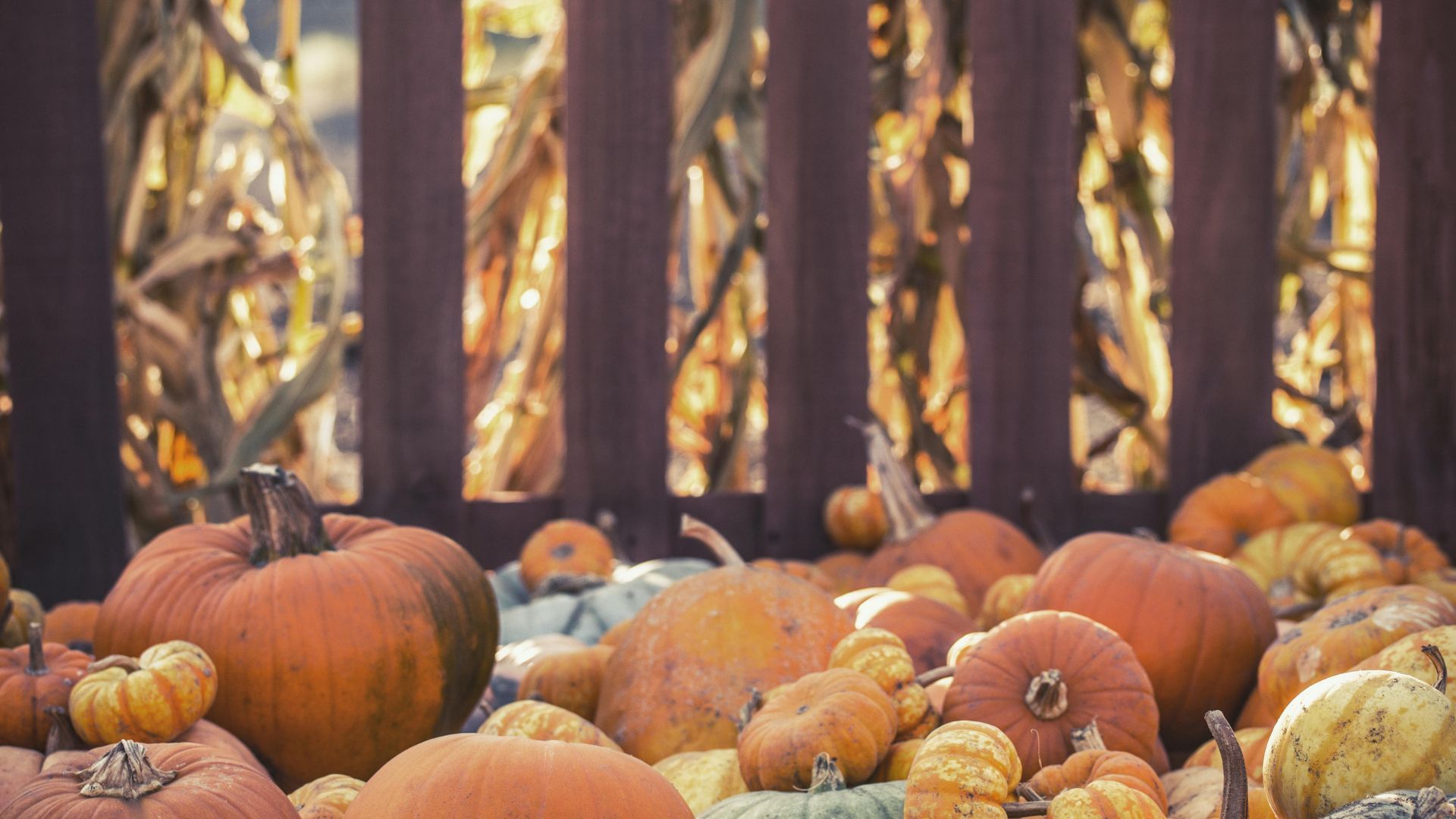
As the crisp autumn air arrives and leaves begin to change color, it’s the perfect time to tackle a few essential home maintenance tasks. While you're enjoying the mild weather, don't forget about one of your home's most important exterior features: your fence. Preparing your fence for the harsh winter months ahead can prevent costly damage and extend its lifespan. This guide will walk you through the key steps for fall fence preparation. This article will cover: ● Why fall is the best time for fence maintenance ● A step-by-step guide to inspecting and cleaning your fence ● The importance of protective coatings ● How to manage surrounding vegetation ● When to call in the professionals for repairs Why Bother with Fall Fence Prep? Winter brings a host of challenges for any outdoor structure. Heavy snow, freezing rain, high winds, and constant moisture can take a toll on wood, vinyl, and metal fences. Small issues like a loose board or a patch of rust can quickly become major problems when exposed to winter conditions. By dedicating a weekend in the fall to fence preparation, you can identify and fix vulnerabilities before they worsen. This proactive approach not only saves you from expensive repairs down the line but also ensures your fence remains a strong and attractive boundary for your property throughout the year. Your Fall Fence Preparation Checklist Follow these simple steps to get your fence in top shape for the coming winter. 1. Conduct a Thorough Inspection Start by walking the entire length of your fence, both inside and out. Look closely for any signs of wear and tear. What you’re looking for will depend on the type of fence you have. ● For Wood Fences: Check for rotting or warped boards, splintering, and loose or protruding nails. Pay special attention to the posts, especially where they meet the ground, as this is a common area for moisture damage and rot. Also, look for signs of insect or pest damage. ● For Vinyl Fences: Inspect for cracks, discoloration, and mildew growth. Check that all caps are secure and that panels haven't come loose from the posts. ● For Metal Fences (Aluminum/Wrought Iron): Look for rust, corrosion, bent sections, and chipped paint. Examine the welds and joints to ensure they are still solid. Make a list of any issues you find. This will help you organize your repair and maintenance tasks. 2. Give It a Deep Clean Dirt, grime, mold, and mildew can trap moisture against the surface of your fence, accelerating wear and tear. A thorough cleaning is one of the most effective ways to prepare it for winter. For most fence types, a pressure washer on a low setting is an efficient cleaning tool. If you don't have one, a stiff-bristled brush, a bucket of soapy water, and some elbow grease will also work well. Be sure to rinse the fence completely to remove any soap residue. Allow the fence to dry completely, which may take a day or two depending on the weather. 3. Apply a Protective Coating Once your fence is clean and dry, applying a protective sealant or stain is crucial, especially for wood fences. This layer acts as a barrier against moisture, preventing water from seeping into the material and causing rot, warping, or cracking during freeze-thaw cycles. ● Wood Fences: Apply a high-quality waterproof sealant or a fresh coat of stain. Fall’s mild temperatures and lower humidity are ideal for this task, as they allow the product to cure properly. ● Metal Fences: If you found any rust spots during your inspection, sand them down to the bare metal and apply a rust-inhibiting primer. Then, touch up the area with a paint that matches the rest of your fence to seal it from moisture. 4. Trim Nearby Trees and Shrubs Overhanging branches and overgrown shrubs can cause significant problems during the winter. When laden with heavy snow or ice, branches can break and fall, damaging your fence. Vegetation that touches the fence can also trap moisture and limit airflow, promoting mold, mildew, and rot. Take some time to trim back any trees, bushes, or vines that are close to or touching your fenceline. Aim for at least a foot of clearance to ensure proper air circulation and reduce the risk of impact damage during winter storms. Don't Delay on Repairs: Call the Professionals During your inspection, you might uncover issues that go beyond a simple DIY fix. Problems like leaning posts, significant rot, or widespread damage require professional attention. It is vital to address these repairs before winter sets in. Frozen ground can make it difficult or impossible to dig and set new posts, and harsh weather can turn a minor repair into a full-scale replacement. Acting now will save you stress and money. If you’ve identified damage or feel the job is too big to handle on your own, the team at Davis Fences is here to help. Our experts can quickly diagnose any issues and perform durable, high-quality repairs to ensure your fence is secure and ready to withstand whatever winter throws at it. We can handle everything from replacing a single damaged board to resetting entire sections of your fence. A Little Effort Now, Peace of Mind All Winter Taking a proactive approach to fence maintenance this fall is a smart investment in your property. By following these steps, you can protect your fence from winter’s worst and ensure it continues to provide security and curb appeal for years to come. Need a hand with repairs or a professional inspection? Contact Davis Fences today. We'll help you get your fence ready for winter so you can enjoy the season with one less thing to think about!




